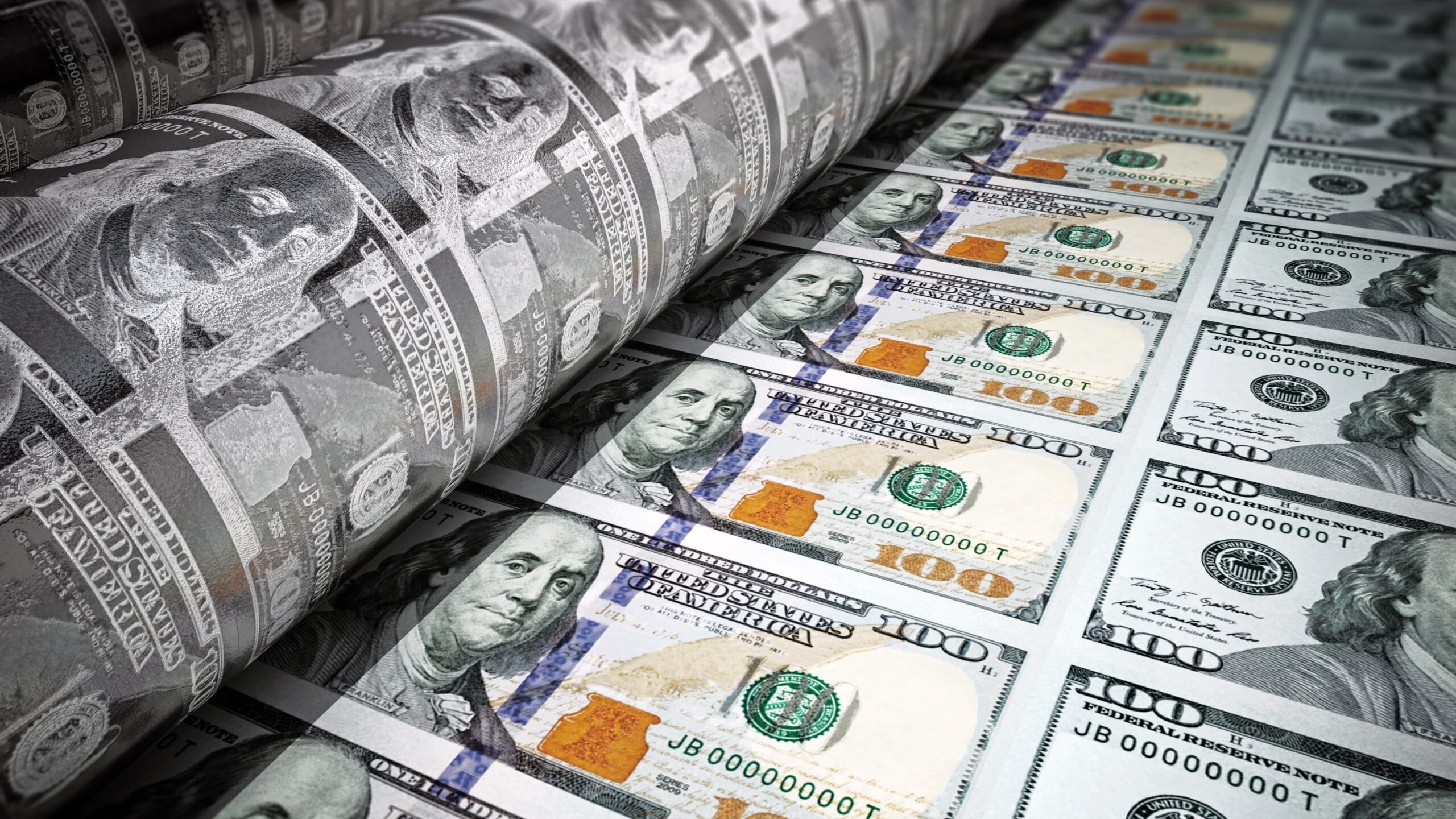
The primary responsibility of the Federal Reserve is to conduct monetary policy. It manages the supply of dollars in the economy and, in doing so, determines the purchasing power of the dollar. But that was not always the case.
When the Fed was created, the U.S. was on the gold standard. The dollar was defined as 0.04837 troy oz of gold ($20.67 per troy oz). Monetary policy was unnecessary; the gold standard determined the supply of dollars and, hence, the dollar’s purchasing power.
The Fed was not created to conduct monetary policy. It was created to promote financial stability, to ensure that private banks could redeem their claims to dollars (i.e., gold) by providing emergency liquidity when necessary. The architects of the Federal Reserve Act explicitly denied they had created a central bank. They described the Fed as a publicly-supported super-clearinghouse.
In a healthy banking system, people treat dollars and claims to dollars, including redeemable banknotes and checkable deposit balances, as near-perfect substitutes. The connection is so tight that people rarely distinguish between the two. I might say I have $1,000 in my checking account rather than a claim to $1,000 (which is what I really have) because I fully expect the bank will honor its obligation at par when I am ready to withdraw or transfer the funds. No one would think it strange that I treat my claim to dollars as if it were actual dollars. Indeed, they would probably think it strange if I insisted too strongly on the difference!
Of course, claims to dollars are only treated as near-perfect substitutes for dollars if the issuer of those claims, namely banks, are trustworthy. The public must believe a bank’s assets (especially capital) are sufficient to back its liabilities. But what if issuers aren’t trustworthy? Then a claim to a dollar isn’t as good as a dollar itself. When this link breaks, banks’ balance sheets aren’t strong enough to back their liabilities. This is how runs on banks and financial panics start, and it was the primary problem the Federal Reserve was introduced to address.
Was the Fed necessary to avoid bank runs and financial panics? It’s true that America’s National Banking System, which prevailed from 1863 to 1914, was unusually panic-prone. But this was due to misguided regulations, not inherent instability. The Fed was a compromise measure, a middle-of-the-road path between the unsatisfactory status quo and a genuine free banking system, as existed in Scotland during the 18th century and Canada up until the early 20th century.
The Fed was supposed to stop panics by preventing a run on banks from evolving into a run on the banking system. When the public tries to redeem bank liabilities en masse, banks may become illiquid. They don’t have enough base money on hand to redeem their outstanding claims. But they may still be solvent if total assets exceed total liabilities. As a lender of last resort, the Fed could help solvent-but-illiquid banks to come up with the requisite liquidity to meet obligations.
Unfortunately, the Fed was derelict in its duty. Fed leadership never behaved as a responsible lender of last resort. The Fed let too many solvent banks fail during the Great Depression and has helped too many insolvent banks stay afloat ever since.
With the suspension of the dollar’s redeemability for gold in 1934 (domestically) and 1971 (internationally), the Fed’s mission was expanded to include control over monetary policy. It has not handled this responsibility very well, either. Inflation has been higher and the future purchasing power of money has been harder to predict under the Fed.
In retrospect, creating the Fed was a mistake. Policymakers should have reformed U.S. banking into a free banking system, which was an option at the time. Private banks don’t need a central bank to stave off financial turmoil. They are well aware of the illiquidity-insolvency problem and can take steps to counter it. The most important measure is creating and maintaining a private clearinghouse.
Banks naturally acquire each others’ liabilities over the course of business. They develop clearinghouses as a low-cost way to settle their debits and credits. Clearinghouses also perform important functions that promote the health of the banking system. They monitor banks’ balance sheets even during tranquil times, to ensure minimum capital standards. When markets begin to falter, they facilitate emergency loans by banks with excess liquidity to banks that need a temporary boost. In high-stress scenarios, clearinghouses sometimes issue their own liabilities, backed not by the balance sheets of individual banks, but by the banking system as a whole. Clearinghouse liabilities are valuable because of the promise to redeem them when the crisis has passed. In short, clearinghouses perform many last-resort lending functions more effectively than “official” last-resort lenders. Voluntary cooperation by profit-seeking financial intermediaries can deliver economic stability after all.
The Fed failed at its initial task of promoting financial stability. It has failed at conducting monetary policy as well. Given the Fed’s major financial-policy and monetary-policy errors since 2008, we should explore major structural changes.




